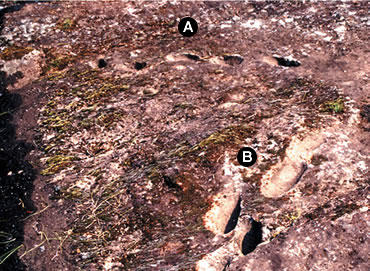The German revolutions of 1848–1849 begin in Vienna.
The German revolutions of 1848–1849, also known as the March Revolution, were a series of popular uprisings that swept across the various states of the German Confederation, a loose association of German-speaking states dominated by Austria and Prussia. These revolutions were part of the larger wave of liberal and nationalist movements that engulfed Europe in 1848, often referred to as the “Springtime of Nations” or the “Year of Revolution.”
Liberal and Nationalist aspirations: There was a growing desire among the middle-class liberal intellectuals and urban workers for political reforms, constitutional government, and national unification. German nationalists sought to unite the numerous German-speaking states into a single, unified nation-state.
Social and economic discontent: Industrialization had brought about significant social and economic changes, leading to urban overcrowding, unemployment, and poor working conditions. Workers and urban populations were particularly discontented with the conservative monarchies and demanded greater political participation and social reforms.
Influence of revolutions elsewhere in Europe: The success of revolutions in France, Italy, and the Habsburg Empire inspired German liberals and nationalists to pursue similar aims in their own territories.
The revolution began in March 1848 in the Kingdom of Prussia with demonstrations and demands for political reform. King Frederick William IV of Prussia initially promised reforms, including a constitution and the creation of a united German parliament, but his concessions were insufficient to satisfy the demands of the revolutionaries.
In May 1848, a national assembly, known as the Frankfurt Parliament, was convened with the aim of drafting a constitution for a unified Germany. However, the assembly faced numerous challenges, including disagreements over the form of government, the role of Austria and Prussia, and the question of whether to include Austria’s non-German territories.
Meanwhile, revolutionary movements spread to other German states, including the Austrian Empire, where ethnic and nationalist tensions exacerbated the situation. However, the revolutions ultimately failed to achieve their goals. The conservative forces, including the Prussian and Austrian monarchies and the aristocracy, reasserted control through a combination of military force, political maneuvering, and concessions.
By 1849, the revolutions had been largely suppressed, and many of the gains made by the revolutionaries were reversed. The Frankfurt Parliament disbanded without achieving its objectives, and the German states returned to conservative rule, albeit with some reforms enacted as concessions to the revolutionaries.
Despite their ultimate failure, the German revolutions of 1848–1849 had a lasting impact on German politics and society. They laid the groundwork for future movements for political reform and national unification, which would eventually culminate in the establishment of a unified German Empire under Prussian leadership in 1871



